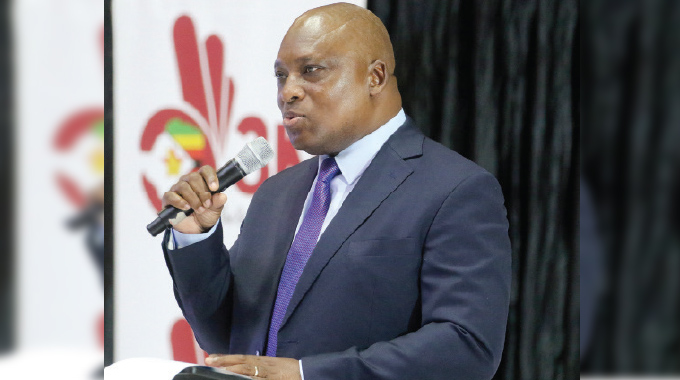Royal Bank creditors take legal action against former directors
ROYAL Bank creditors and depositors yesterday authorised the bank’s liquidator to institute legal proceedings against former directors suspected of fleecing the bank.
A total of $3,308,803.07 has been recovered against the bank’s creditor liabilities of over $10 million.
This comes after the liquidator’s agent Cecil Madondo of Tudor House Consultants (Pvt) Limited had sought direction over how to proceed in the face of possible violation of provisions of the Companies Act by directors.
At the bank’s second creditors and depositors meeting at the High Court, Madondo said the balance was unsecured loans and advances which the directors should assist recover.
“Assets with an estimated gross value of about $3,308,803.07 million have been realised. Meanwhile, in terms of the shortfall, directors must now assist in the recovery,” he said.
Madondo said recoveries so far were from auction of immovable property, motor vehicles, furniture and equipment. “Concurrent creditors are most likely to receive a dividend of about seven cents for every dollar claimed and payments,” he said.
This prompted creditors and depositors to authorise the liquidator to proceed with a forensic investigation into the bank, and institute legal proceedings against the former directors as provided for by Sections 318& 319 of the Companies Act (chapter 24,03) as read in conjunction with section 277 (c) of the Companies Act (Chapter 24,03).
He said the forensic report will be completed within the next two weeks upon which they will engage the Master of High Court in order to proceed with the legal proceedings.
Madondo, however, said the success of the liquidation is based on recovery of funds amounting to $8,062,114.72 million held in different funds.
Part of this consisted of loans advanced to directors amounting to $1,155,869.93 million.
The bank was placed under provisional liquidation on February 20, 2013, after it surrendered its licence when it failed to secure new investors.
This decision followed failure by the bank to meet Reserve Bank of Zimbabwe minimum capital thresholds within the stipulated regulatory time frames.
The decision was also influenced by the bank’s failure to conduct banking business in accordance with sound administrative and accounting practices, and good risk management procedures.
Investigations by the central bank had indicated that the institution was not in a safe and sound financial condition.
As at June 30, 2012, Royal Bank was critically undercapitalised with a core capital of $1,850 million, which was way below the minimum regulatory capital requirement of $12.5 million for commercial banks at the time.
The minimum capital requirements have since been increased to $100 million for commercial banks.
The bank was also saddled with chronic liquidity challenges.
Relative to the balance sheet size, the bank had a huge negative liquidity gap of $3.03 million in the critical 0-7 day time band as at June 14, 2012. – New Ziana.










Comments